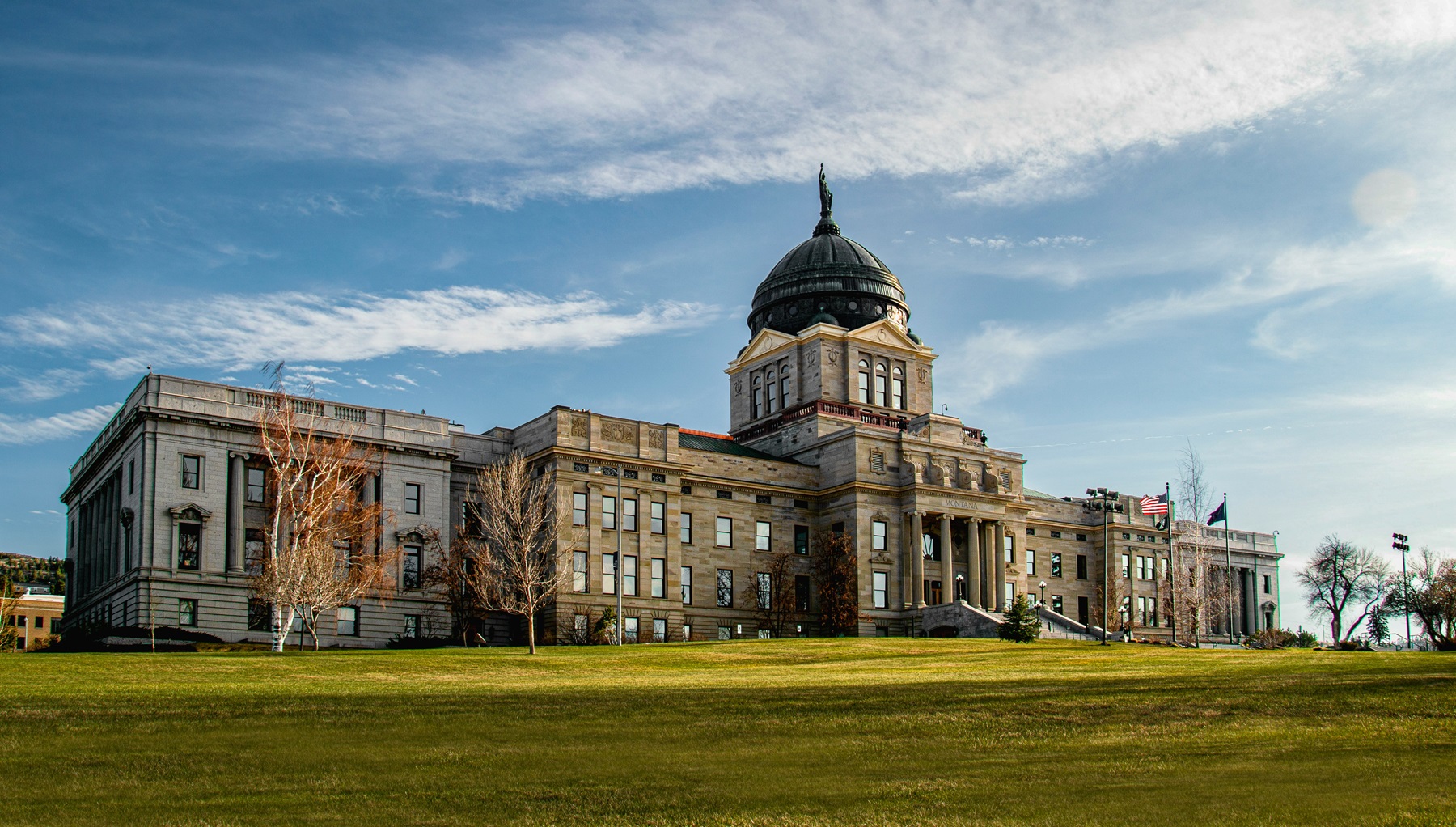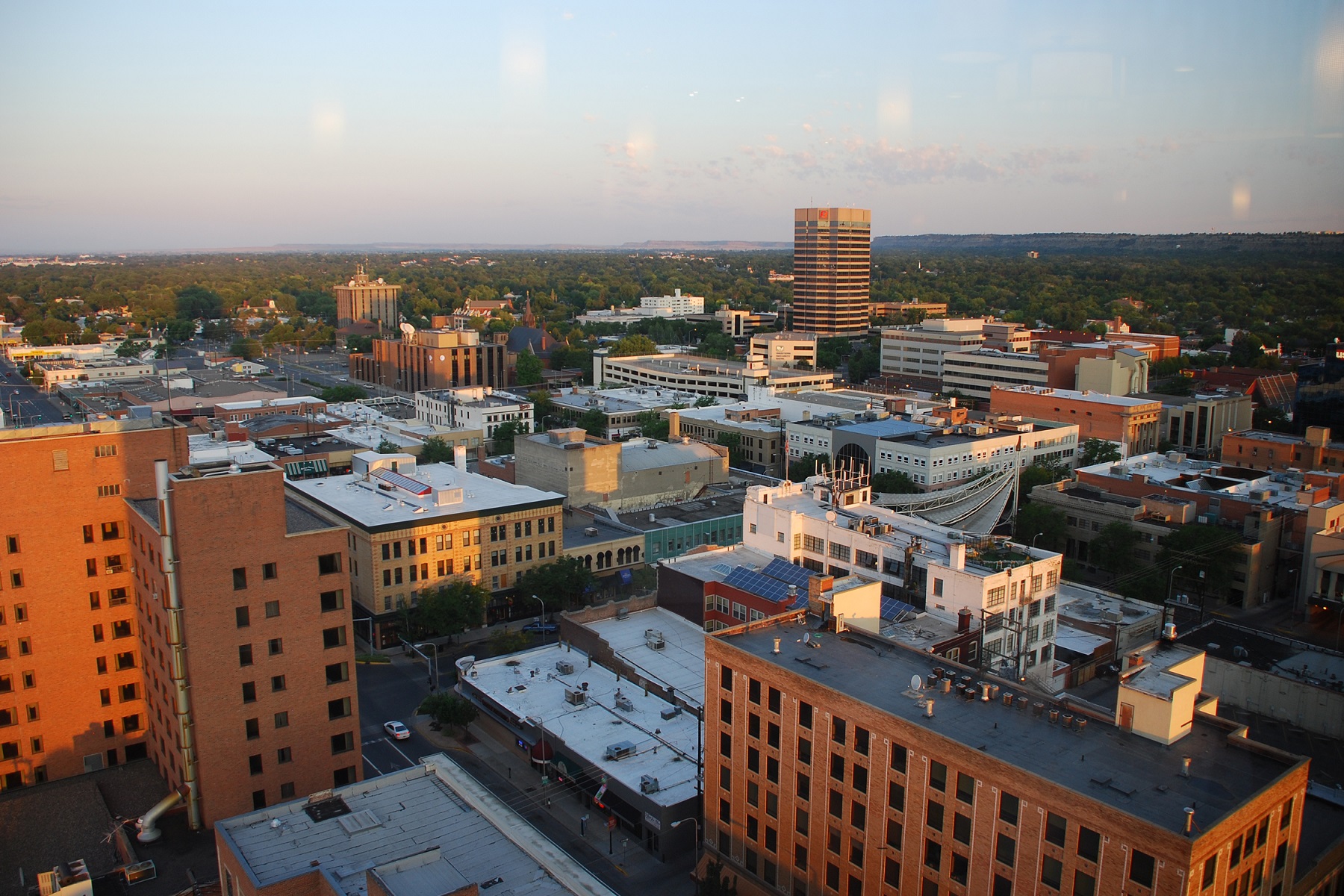Quick search
CTRL+K
Quick search
CTRL+K

Butte in the state of Montana is a city nestled in the heart of the Rocky Mountains. Butte began as a humble mining camp in the 1860s. The discovery of silver and gold initially drew prospectors to the area, but it was the vast deposits of copper that truly transformed Butte into a boomtown and industrial center. By the late 19th century, the city had earned the nickname The Richest Hill on Earth due to its prolific copper production, which played a crucial role in the electrification of the United States.
Butte’s history is also marked by its diverse immigrant population, which included people from Ireland, Wales, Finland, and China, among others. This melting pot of cultures contributed to the city’s unique character. The early 20th century saw Butte become a hotbed of labor activism, with significant events such as the 1917 Speculator Mine disaster highlighting the harsh conditions faced by miners. Despite the decline in mining activities in the latter half of the 20th century, Butte has managed to preserve its historical legacy side by side with the modern times and trends.
One of the most striking features of Butte is its well-preserved architecture, which offers a glimpse into the city’s past. The main street in historic downtown Butte is Main Street. This street is central to the city’s historic uptown district and is home to many of Butte’s notable buildings and attractions. The district is perfect for a leisurely stroll and it is dotted with plaques and markers that tell the stories of the city’s past, making it a living museum.
You can take a look at a lot of heritage buildings along Main Street, Park Street, Broadway Street, and other streets in the historic uptown. The historic Metal Bank Building at Main Street is a great example from the financial sector, and the Hotel Finlen on Broadway Street is one of many hotels from the booming years of Butte. If you walk some block to the west, you can explore the suburban boomtown houses, many built in Victorian era style. One of them is The Copper King Mansion, once home to one of the city’s most famous magnates, William A. Clark.
The backdrop of it all is the Berkeley Pit, which is a former open pit copper mine just east of uptown Butte. The mine was opened in 1955 and closed in 1982, and it reached a maximum depth of 540 meters. Since then, the pit has been filled with groundwater making is impossible to see the huge scale of the mine. However, at the Berkeley Pit Viewing Stand just blocks away from Main Street, you get a panoramic view of the vast mining area.
If you are interested in exploring Butte’s mining heritage, you can also head west of the city to the World Museum of Mining. It is a museum located on the site of the Orphan Girl Mine, and it features a recreated 1890s mining town. You can have a look at the facilities and also join an underground mine tour. A visit here gives knowledge about the mining industry and the techniques and tools that shaped Butte’s development. You can also see a lot of abandoned mining rigs and towers in Butte. These mining towers were used to pull the ore up from below the surface as well as to lower the miners up and down into the shafts.
A tour to Butte is not complete without a visit to the Lady of the Rockies in the mountains east of Butte and Berkeley Pit. It is a 27 meter statue built as Mary, the mother of Jesus, and in facts, it stands atop the Continental Divide, which is the principal hydrological divide of the Americas. The statue was completed in 1985, and if you drive there, you are rewarded with a great view of the area with Butte and Berkeley Pit at your feet.

Helena is the capital city of Montana, and it is a city with an interesting history starting as a gold camp during the Montana gold rush. Helena was founded on October 30, 1864, and the discovery of gold at Last Chance Gulch attracted thousands of miners. The gold and all the prospectors transformed the area into a boomtown of its day almost overnight.
The gold made Helena one of the wealthiest cities in the United States within decades, and several settlers made a fortune. This wealth is still reflected in the city’s elaborate Victorian architecture, which continues to captivate visitors today.

Yellowstone National Park is a geological wonderland and the world’s first national park, established in 1872. The park is world-famous and it spans vast areas across Wyoming, Montana, and Idaho. Yellowstone is renowned for its diverse and dynamic geological features. The park sits atop a volcanic hotspot, which has shaped its landscape through millions of years of volcanic activity, including massive eruptions that formed the Yellowstone Caldera.
This unique geological setting has given rise to an array of geothermal features, such as geysers, hot springs, fumaroles, and mudpots, making Yellowstone a living laboratory of Earth’s geothermal processes, and a fantastic and unforgettable place to visit with a lot of beautiful sites in the nature.
Read more about Yellowstone National Park

Billings is the largest city in the US state of Montana. The city is set in the Yellowstone Valley, which was settled and developed in the late 19th century. In 1877, settlers established Coulson as the first town, and it was then a lawless place. When the railroad came to the area, the railroad owned land west of Coulson, and the company established Billings as a railroad town in 1882, naming it after Frederick H. Billings, president of the Northern Pacific Railways 1879-1881.
At first there were three buildings here, but in a few months 2,000 had settled in the new town. Some of the settlers came from Coulson, which as a town disappeared in the 1930s. By 1910, Billings had more than 10,000 residents, and growth continued throughout the century. The city became the center of energy production after the discovery of oil and gas in Montana and Wyoming, and later many high-rise buildings were built from the 1970s and 1980s.

Spokane is the largest city in eastern Washington State, and the metropolitan area around Spokane has about 600,000 residents. The town’s history dates back to 1810, when David Thompson explored the area and established Spokane House for the North West Company. Spokane House was a fur trading post, and it ensured a long-lasting presence that, after the completion of the Northern Pacific Railway in 1881, developed into the city of Spokane Falls, later simply called Spokane.
Today, you can see and visit several sights in Spokane. The Spokane River runs through the center of the city, and in the middle is Riverfront Park around the waterfalls that can be seen on this part of the river. The falls are some of the largest that can be seen in the heart of an American city, and you have a good view of them from the bridges over the Spokane River.

Boise is the capital of the US state of Idaho. The city’s history goes back to Fort Boise, which was established as a trading post by the British Hudson’s Bay Company. However, it was not located near today’s Boise, but the American Fort Boise di, which was built as a military outpost in 1863. That was the year of the establishment of the Idaho Territory, and the area attracted settlers due not least to the discovery of gold in the Boise Valley.
Boise became the capital of the territory, which became a state in 1890. The city grew rapidly, with construction on both sides of the Boise River. In 1891, the first line of a major streetcar network opened, and in 1925, Boise joined the transcontinental railroad network. Since then, the city has grown to be one of the largest urban areas in the Northwestern United States.

Calgary is the southernmost of the two major cities of the province of Alberta; Edmonton to the north is the other one. The town is beautifully set at the confluence of the Bow River and Elbow River. The surroundings are prairie and the impressive Rocky Mountains start in the horizon to the west.
The city is one of Canada’s largest and it is one of the country’s economic centers. Tourism is also great in Calgary, which is well located for on road to and over the Rocky Mountains, which is high on many tourists’ bucket list for Canada. The mountains and the winter weather of the area also made the city host the Winter Olympics in 1988 as the first city in Canada.

Butte, Montana, United States, USA
Overview of Butte
Butte in the state of Montana is a city nestled in the heart of the Rocky Mountains. Butte began as a humble mining camp in the 1860s. The discovery of silver and gold initially drew prospectors to the area, but it was the vast deposits of copper that truly transformed Butte into a boomtown and industrial center. By the late 19th century, the city had earned the nickname The Richest Hill on Earth due to its prolific copper production, which played a crucial role in the electrification of the United States.
About the Whitehorse travel guide
Contents: Tours in the city + tours in the surrounding area
Published: Released soon
Author: Stig Albeck
Publisher: Vamados.com
Language: English
About the travel guide
The Whitehorse travel guide gives you an overview of the sights and activities of the Canadian city. Read about top sights and other sights, and get a tour guide with tour suggestions and detailed descriptions of all the city’s most important churches, monuments, mansions, museums, etc.
Whitehorse is waiting for you, and at vamados.com you can also find cheap flights and great deals on hotels for your trip. You just select your travel dates and then you get flight and accommodation suggestions in and around the city.
Read more about Whitehorse and Canada
Canada Travel Guide: https://vamados.com/canada
City tourism: https://visitwhite-horse.ca
Main Page: https://www.vamados.com/
Buy the travel guide
Click the “Add to Cart” button to purchase the travel guide. After that you will come to the payment, where you enter the purchase and payment information. Upon payment of the travel guide, you will immediately receive a receipt with a link to download your purchase. You can download the travel guide immediately or use the download link in the email later.
Use the travel guide
When you buy the travel guide to Whitehorse you get the book online so you can have it on your phone, tablet or computer – and of course you can choose to print it. Use the maps and tour suggestions and you will have a good and content-rich journey.

Similar to Butte Travel Guide
